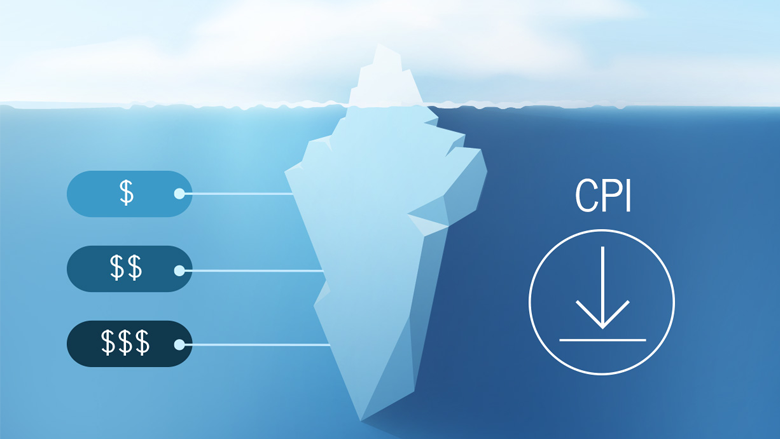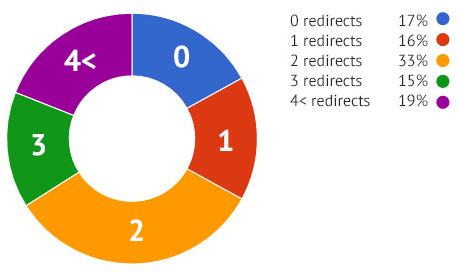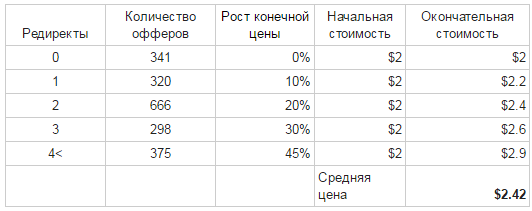How much do intermediary networks affect the CPI size?
Why is traffic so expensive today, and how do intermediary networks wind up CPI (and by how much), – App2Top.ru Nadezhda Matukhno, head of marketing at ComboApp, told.

All those who have ever encountered attracting users for mobile applications know that the installation is quite expensive. And when we say “expensive”, we mean that for many applications it is almost impossible to get a return on investment with CPI.
In fact, most of the games from the box office top 300 in the American App Store cannot afford to buy installations and remain profitable. According to January Fiksu Indexes, the cost of a loyal user is $2.78. This means that a marketer needs to pay almost $3 to get a user who will open the app at least three times. But there are no guarantees that the user will remain loyal after a month or will ever pay.
What causes the high CPI? Commenting on the cost of attracting a user, industry experts usually refer to the saturation of the market and competition for the user’s attention and loyalty.
In total, there are more than 3 million programs in the leading app stores alone. And this number is growing every day (more than 500 games are released daily in the App Store alone, not to mention applications of other categories).
Despite the fact that a user downloads dozens of applications to his smartphone, he actively uses only a few of them, according to a report by the Pew Research Center. 46% of users use only 1 to 5 apps per week.
Large and well-known publishers operate with huge advertising budgets and launch large-scale campaigns to attract users. Small application developers also need to spend a decent amount to be noticed among the big competitors in the markets. All this inflates prices.
In addition, there are not so obvious reasons. One of them is a “double bottom”, where a part of the budgets for attracting users falls.
The name of this “double bottom” is mediation.
Using our in-house monitoring tools, we analyzed traffic from more than 2,000 offers. And we got very interesting results.
Our software product tracked the traffic paths from us (Comboapp) to the end customer, which is the owner of the application. Every “server” through which traffic passes has been monitored and marked as a redirect. Each such “server” is an intermediary link — an intermediary company that bought and resold this traffic:
Usually the last redirect before the market itself is the buyer’s tracker (Appsflyer, Adjust, Cochava). This means that 1 redirect does not entail an intermediary, 2 redirects — 1 intermediary, and so on.
Just imagine how much each of the redirects increases the final cost of the installation, if each of the intermediary companies throws 10-20% on the initial cost of downloading! For example, the cost of the installation at the very beginning of the “journey” is $ 2, and each of the intermediaries throws 10%. Here’s how the approximate final cost will look in this case:
And if the final cost of the installation for the owner of the application remains the same as at the time of the launch of the campaign, then the minimum of the final price for the advertiser consists of the earnings of intermediaries. This is what keeps the CPI at a high level.
Of course, we cannot say that intermediaries are bad. Each affiliated network forces the market to move forward — it collects available traffic from many small sources, signs contracts with them, monitors the quality of traffic and performs many other important operations that require market expertise, marketing knowledge and finely tuned tools. But the problem is that as a result of all this, mobile app developers suffer from high CPI.
I will be happy to answer any questions on this topic in the comments. Or write me an email right away.


